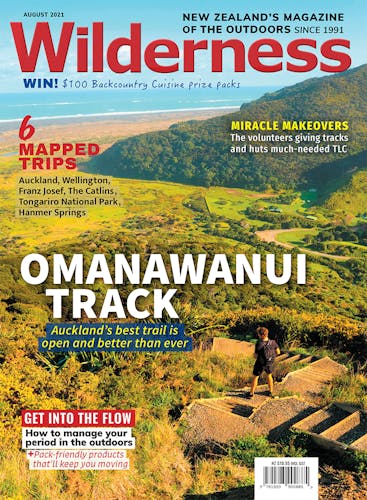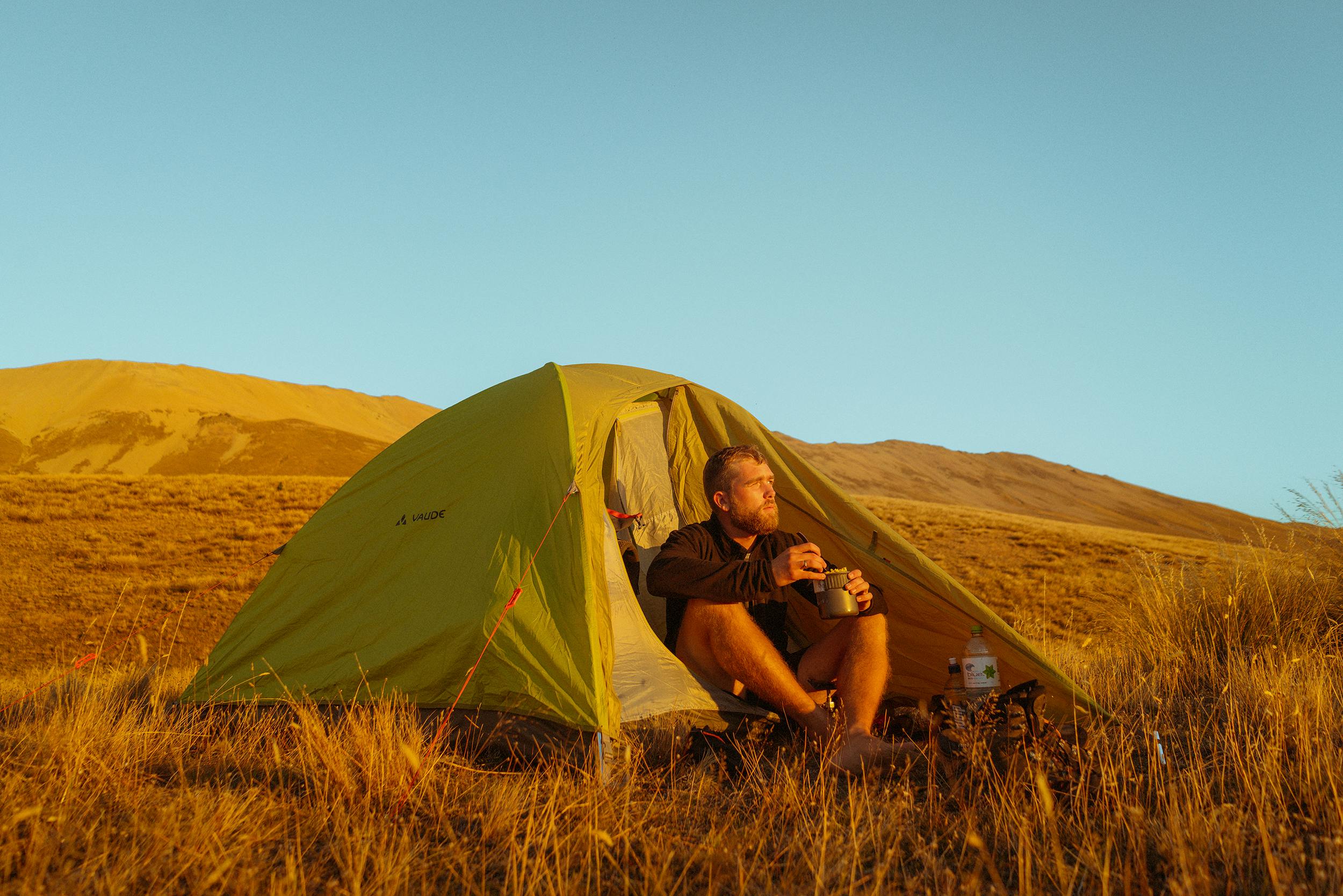Two years after completing Te Araroa Trail, French filmmaker Dylan Moron released Up and Down, a documentary chronicling the people and places of New Zealand’s longest walk.
The key focus of Up and Down is the people – do you think they made the adventure?
Before starting this journey, I was mainly thinking about the incredible landscapes I would be able to see and capture on my way. But today, when I think about Te Araroa, I first think of the faces and names of those I met, before thinking of the beautiful landscapes.
Did filming while tramping ever feel like a sacrifice?
Until now I haven’t thought of it as a sacrifice. Being able to wake up every morning surrounded by nature and document everyday life on the trail was absolutely blissful. I may have sacrificed my pack weight and my sleeping time to shoot at sunrise but it was worth it.
How did the documentary come about?
When I made up my mind to walk Te Araroa, I discovered no documentary about this young thru-hike had been realised, and I thought it could be a great opportunity to make one so people can experience what it’s like to walk a long-distance hiking trail. It was my first ever long-distance hike, so during the first few weeks I learnt a lot about the thru-hiking culture and met a lot of hikers who helped me to understand why people do it. Step by step, meeting after meeting, I understood the importance of the human dimension in an adventure like Te Araroa. As I went along I changed the direction of my film and focused on the people I met and their stories. It was incredible to see the diversity of people walking the trail and it proved to me once again that we are all able to accomplish amazing things.
What was your biggest take-away from the trail?
Everything is possible. I know it sounds cliché, and I have never taken this expression seriously, but during this journey, I realised it is true. It involves a lot of effort, doubts, dedication, failure, and perseverance, but you can make it happen. When I arrived in Lake Tekapo I was broke. I had failed to put enough money aside for the entire adventure. I decided to take a break and found a job for two or three weeks so I could finish the trail. As always in life, motivation is what makes you start a journey but a goal helps you keep going.
Did the documentary help you to process the journey?
I have read numerous testimonies mentioning post-trail depression and I completely understand why this happens. Living for three to five months in nature, meeting people from all around the world who share the same values and passions and then returning to your daily life is hard. It can take time to fully understand an adventure like this. Personally, I felt like I never left the trail because I have been working on this project since I completed it in 2019. The filmmaking process has been like a second adventure; it has helped me to take a step back in order to understand how this experience impacted me. I was finally able to fully realise what I lived and achieved by re-watching the footage, listening to the interviews and editing the film.
– Up is Down can be viewed on YouTube.








